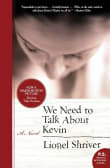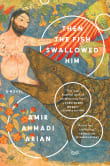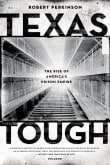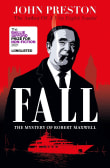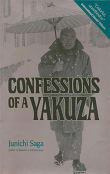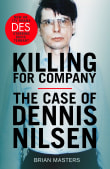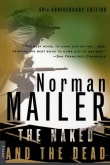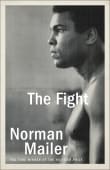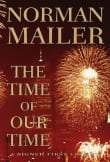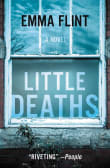The Executioner's Song
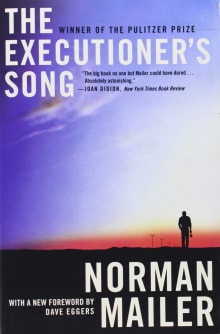
Book description
WITH AN INTRODUCTION BY ANDREW O'HAGAN
In the summer of 1976 Gary Gilmore robbed two men. Then he shot them in cold blood. For those murders Gilmore was sent to languish on Death Row - and could confidently expect his sentence to be commuted to life imprisonment. In America, no…
Why read it?
5 authors picked The Executioner's Song as one of their favorite books. Why do they recommend it?

Mailer’s opus dramatizes the cursed life of Gary Gilmore. In 1976, he robbed and killed two strangers. After being tried and sentenced to death, Gilmore insisted on being executed, to the disagreement of the justice system, who wanted him to remain alive. Written simply and with great compassion, the novel is disturbing, yet ultimately thought-provoking and redemptive.
From Rick's list on true crime that would be criminal not to read.

Mailer’s novels from the 1960s-2007 are notoriously challenging, and I’ve seen readers wanting to see what Mailer is about sometimes make the mistake of starting with one of his more difficult, convoluted novels—Ancient Evenings or Harlot’s Ghost, for example. But The Executioner’s Song is thought by many critics to be not only his best novel (winning his second Pulitzer Prize), but his most readable, despite its length. It recounts the story and ultimate execution in January of 1977 of Gary Gilmore, who murdered two men during his release from prison on parole. But what Mailer does is work…
From Robert's list on reading Norman Mailer.

I read Mailer’s book about the Utah killer Gary Gilmore upon its publication in 1979 when it earned a Pulitzer Prize. When I came to write my first book, I held The Executioner’s Song in mind as a high standard to aspire to. Mailer shows that it is possible to render a sordid murder case into a work of literature that is true to the facts, and revealing, but has the descriptive and dramatic qualities of fiction.
From Howard's list on biographies to put you in the mind of a criminal.

I first read The Executioner’s Song in my early twenties, and scenes from it still linger in my memory. Though Mailer takes fictional liberties, the narrative closely follows the true story of Gary Gilmore, a murderer and thief who met his end by firing squad in Utah State Prison. We (as a society) are often quick to judge and categorize “criminals,” though the line between people who’ve served time and those who haven’t is much fainter than most believe. Gilmore commits heinous crimes and he’s still human. Monsters aren’t born, they’re made, and this book does a great job exposing…
From Virginia's list on imprisonment both literal and figurative.

In this 1979 book, the esteemed novelist took on the subject of Gary Gilmore, a double murderer in Utah in the 1970s. Gilmore demanded to be executed by a firing squad – very rare for a confessed killer – and was granted his wish in 1977. His case set off legal questions reaching the U.S. Supreme Court and he was the first person to be put to death by the state in America in nearly a decade.
From Stephen's list on the psychology and emotions behind human violence.
Want books like The Executioner's Song?
Our community of 12,000+ authors has personally recommended 97 books like The Executioner's Song.





